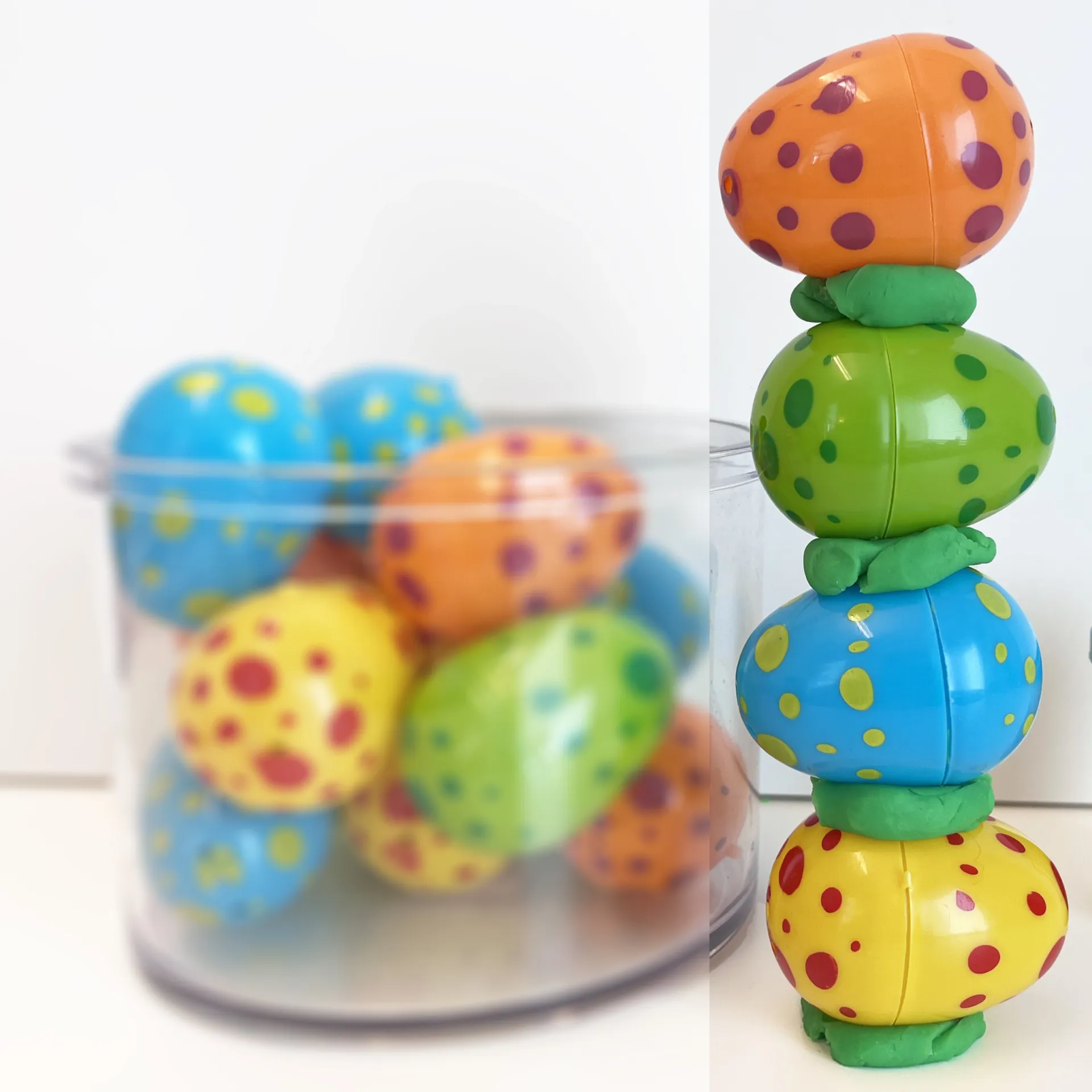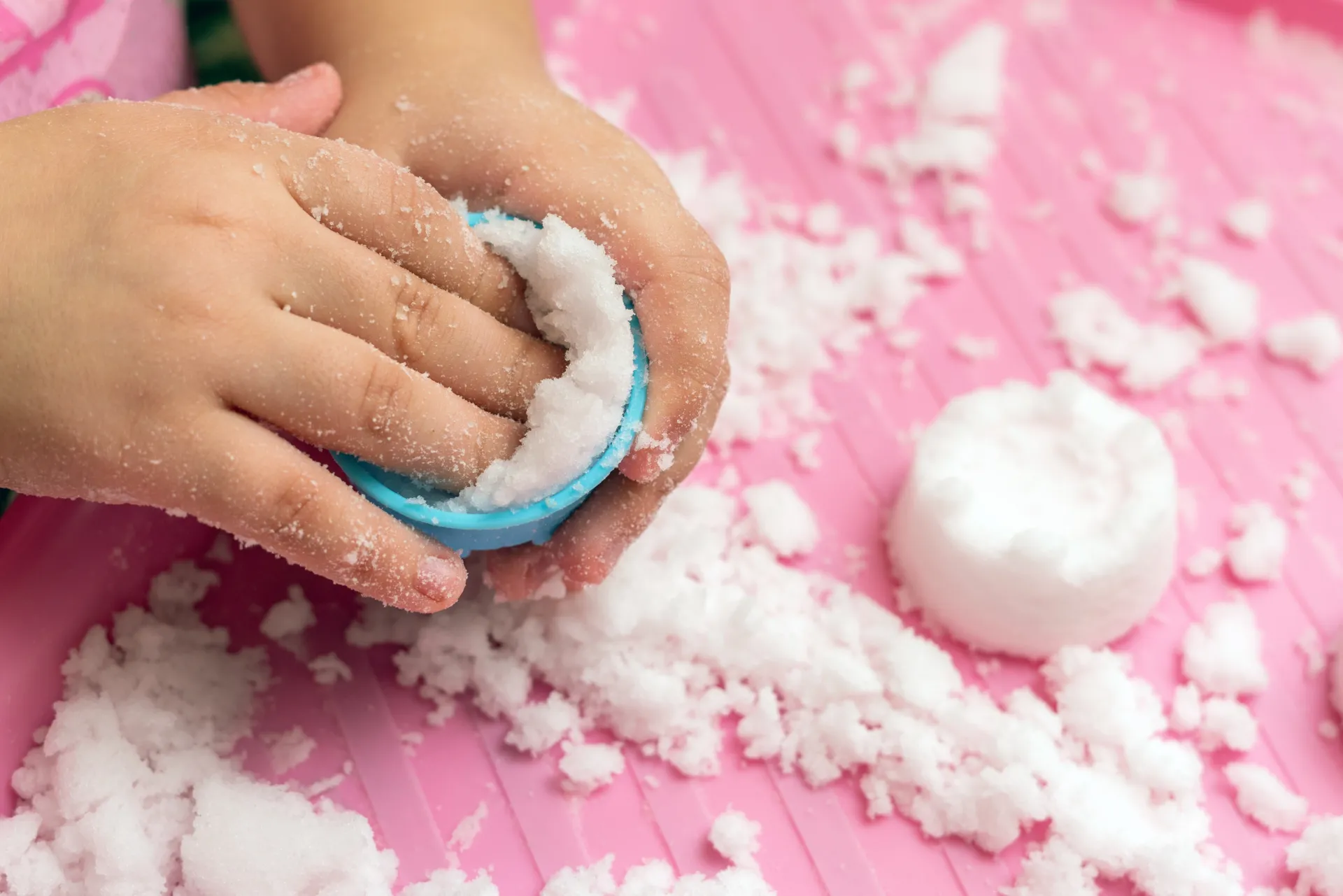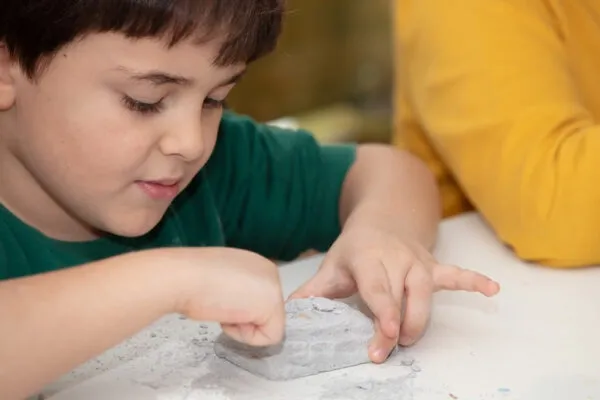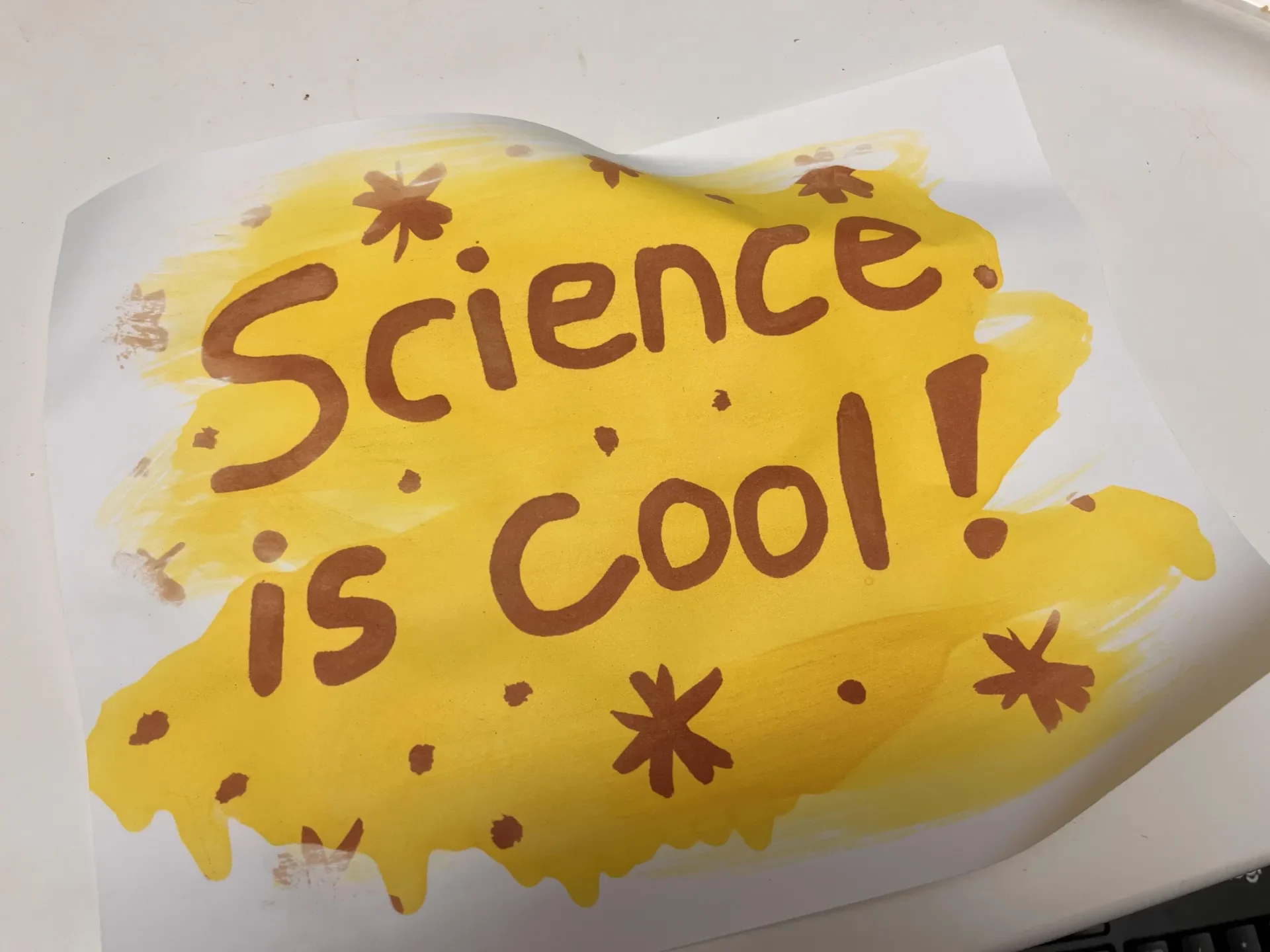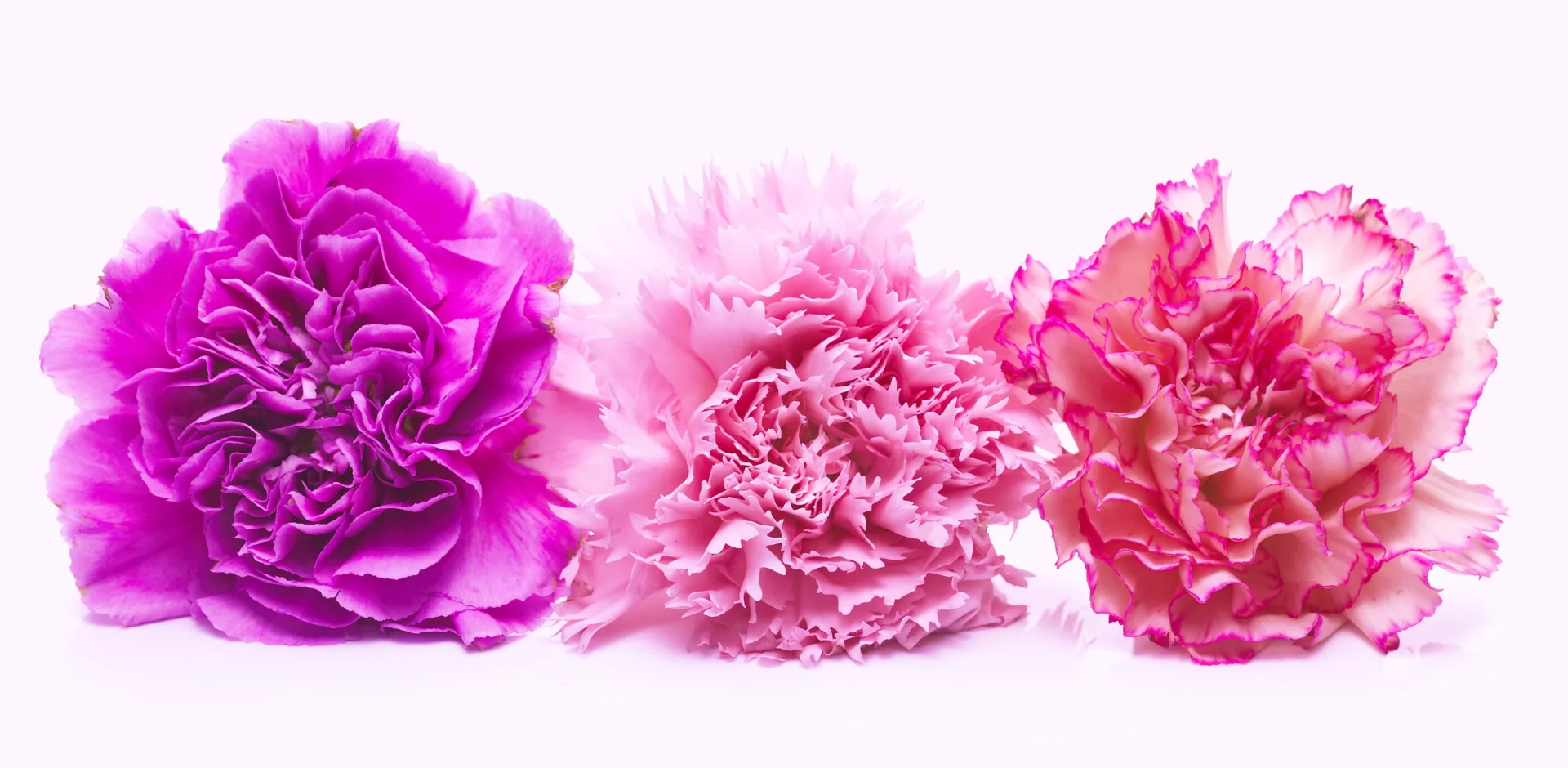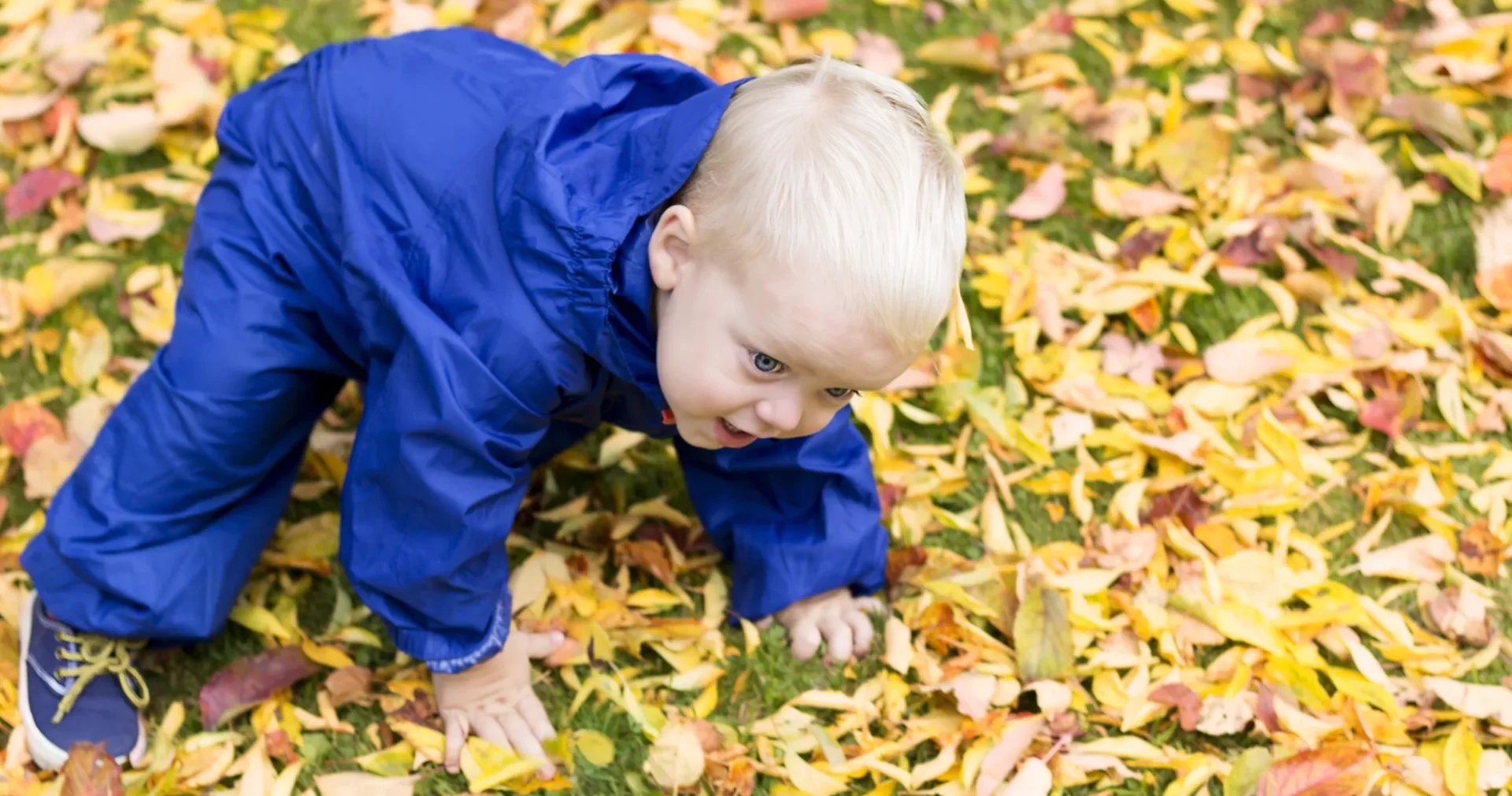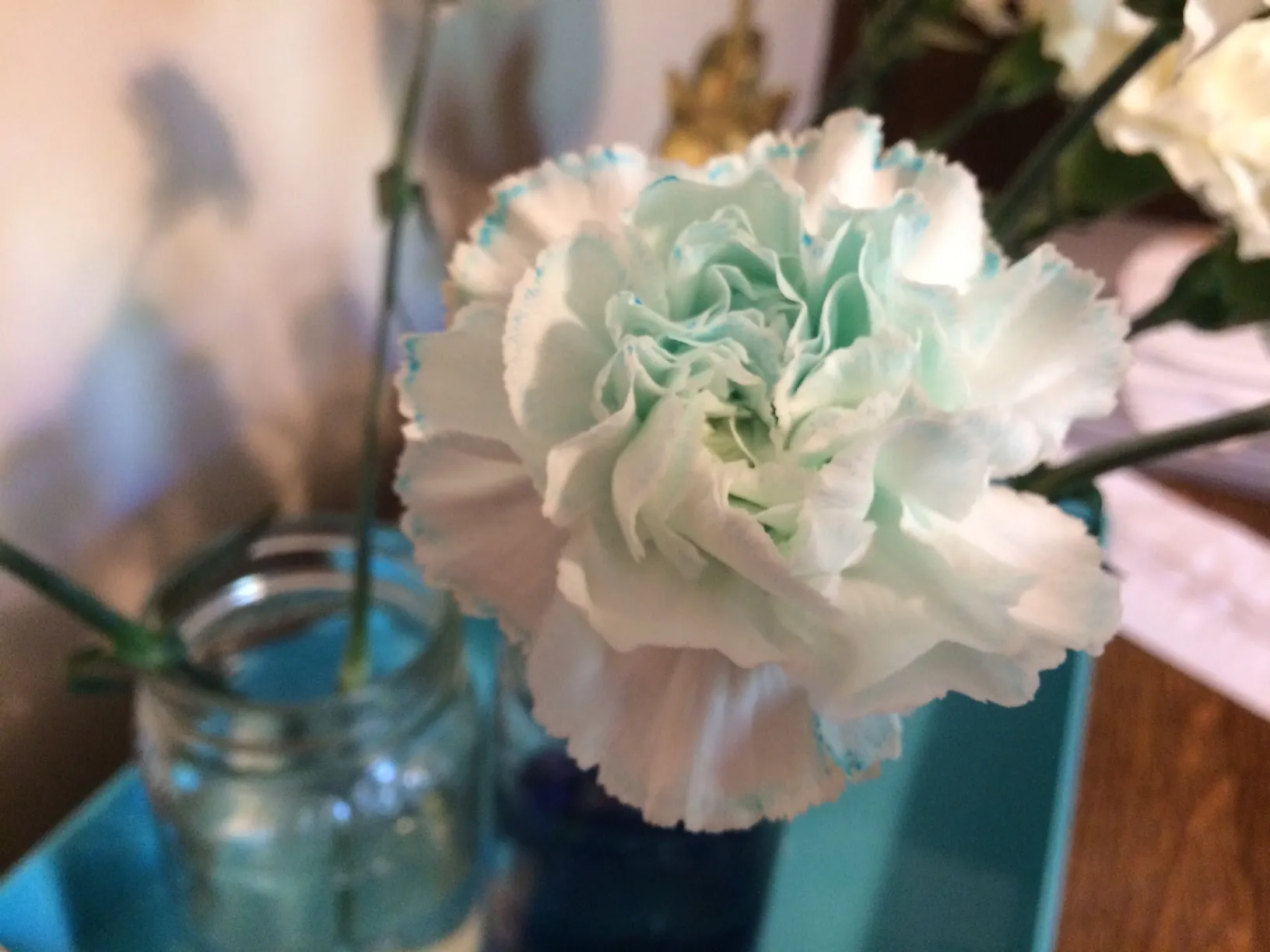
This fun flower coloring experiment is a favorite for a reason—it’s both beautiful and packed with science learning!
This fun flower coloring experiment is a favorite for a reason—it’s both beautiful and packed with science learning! Kids can explore how plants drink water, observe the magic of capillary action, and even do a little color mixing art along the way.
Science Questions to Explore
- How do flowers drink water?
- What happens when we add color to the water?
- What two colors can you mix to make a new color?
- Why do flowers need water?
- Does sunlight or gravity affect how fast flowers absorb water?
The Science Behind It
Flowers don’t have mouths to drink, but they do have something just as effective: xylem. These are tiny tubes inside the stem that use capillary action to pull water upward from the roots (or in this case, from the vase). Capillary action occurs because water molecules stick to the walls of the plant’s tubes and also stick to each other, creating an upward pull—even against gravity!
When you add food coloring to the water, the colored liquid travels up the stem and into the petals, showing exactly where the water goes. This is the same process that helps flowers and trees survive in nature.

Supplies
- 3 or more white carnations (white shows color changes best)
- 4 small vases or glasses
- Liquid food coloring (red, blue, yellow work great)
- Sharp scissors (with adult help!)
- Water
Instructions
- Prepare your vases: Fill each vase about halfway with water. In two of the vases, add several drops of food coloring—different colors for each vase.
- Trim the flowers: Cut about 1 inch off the bottom of each carnation stem at a 45-degree angle. This helps the flower absorb water more easily.
- Put one carnation in clear water. This is your control flower. Put another carnation in a vase with colored water. Take a third carnation and carefully split the bottom of the stem in half lengthwise (about 3 inches up), keeping the top part of the stem intact. Place each split end into a different vase with two different colors.
- Observe and record: Place the flowers somewhere safe and check on them over the next few days. Watch for color changes in the petals!
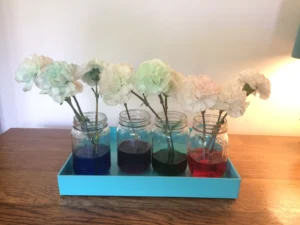
What You’ll See
- Colored water travels up the xylem and begins to tint the petals.
- The split-stem carnation may absorb two different colors, creating a multicolored flower!
- You might notice color changes faster in some environments (like a sunny window) than others.
Fun Variations to Try
- Use colored carnations and see how they change (or don’t).
- Put one flower in a sunny window and another in a dark room to compare.
- Try using different types of flowers—like daisies or roses.
- Test different liquids like soda or saltwater. (Do flowers still “drink”?)
- Mix food colors to create new hues in your petals—what happens when you mix red and blue?
Vocabulary
- Xylem :Tiny tubes inside a plant’s stem that carry water from roots to petals.
- Capillary Action: The way water moves up through narrow spaces without needing to be pushed.
- Control: The part of an experiment that stays the same so you can compare results.
- Experiment: A test you do to learn something new by watching what happens.
This experiment is a great way to introduce plant biology and scientific observation to kids in a hands-on, visual way. You’ll see science in action and end up with some colorful floral art to brighten your day!
